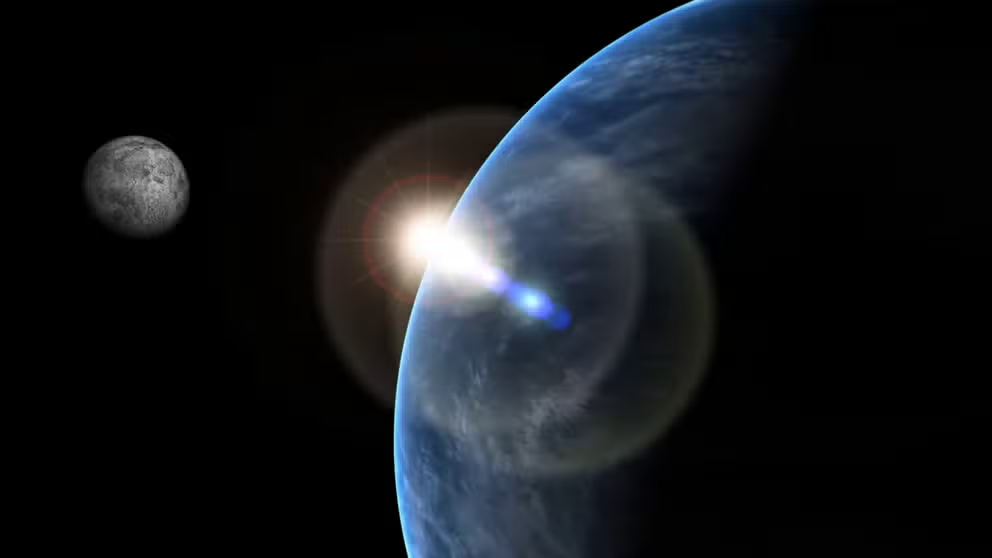See it: China returns first samples from Moon's far side to Earth
The sample is the first brought back from the far side of the Moon and marks China's second sample return mission. The samples will be taken to a laboratory for analysis, where teams will be able to determine the age and composition of the lunar material collected.
See what's new in the journey to reach the Moon
What's next for exploration of Earth's only natural satellite.
China's Chang'e-6 Moon probe landed in Mongolia on Tuesday, looking like a burnt marshmallow after blasting through Earth's atmosphere.
Inside the toasty space probe were the first samples collected from the far side of the Moon and successfully brought back to Earth. The landing was the culmination of the China National Space Administration's Chang'e-6 sample-return mission, which launched in May.

Officials prepare to recover the landing module of the Chang'e-6 moon probe after it landed in Inner Mongolia, in northern China on June 25, 2024. A Chinese probe carrying samples from the far side of the Moon returned to Earth on June 25, capping a technically complex 53-day mission heralded as a world first. (Photo by STRINGER/AFP via Getty Images)
(Getty Images)
Chang'e-6 landed near the Moon's South Pole Aitken Basin on June 3. Using a robotic arm and drilling tool, Chang'e -6 collected rock and lunar dirt. The sample was blasted into lunar orbit on an ascent vehicle, which docked with an orbiter to transfer and deliver the Moon's dirt to Earth.
After the sample collection and launch, NASA's Lunar Reconnaissance Orbiter photographed the Chang'e 6 lander on the rim of an eroded 160-foot-diameter crater.
NASA SPACECRAFT TAKES PHOTOS OF CHINA'S CHANG'E 6 LANDER ON MOON'S FARSIDE
On Tuesday, CNSA officials collected the space probe from northern China as local people watched and celebrated the landing.
The landing marks China's second successful lunar sample return mission. The nation's Chang'e 5 lander also collected and returned samples from a different region of the Moon visible to Earth known as the Ocean of Storms. Studies of those samples found that the rocks collected were about 2 billion years old.
The new samples will be taken to a laboratory for analysis, where teams will be able to determine the age and composition of the lunar material collected.




